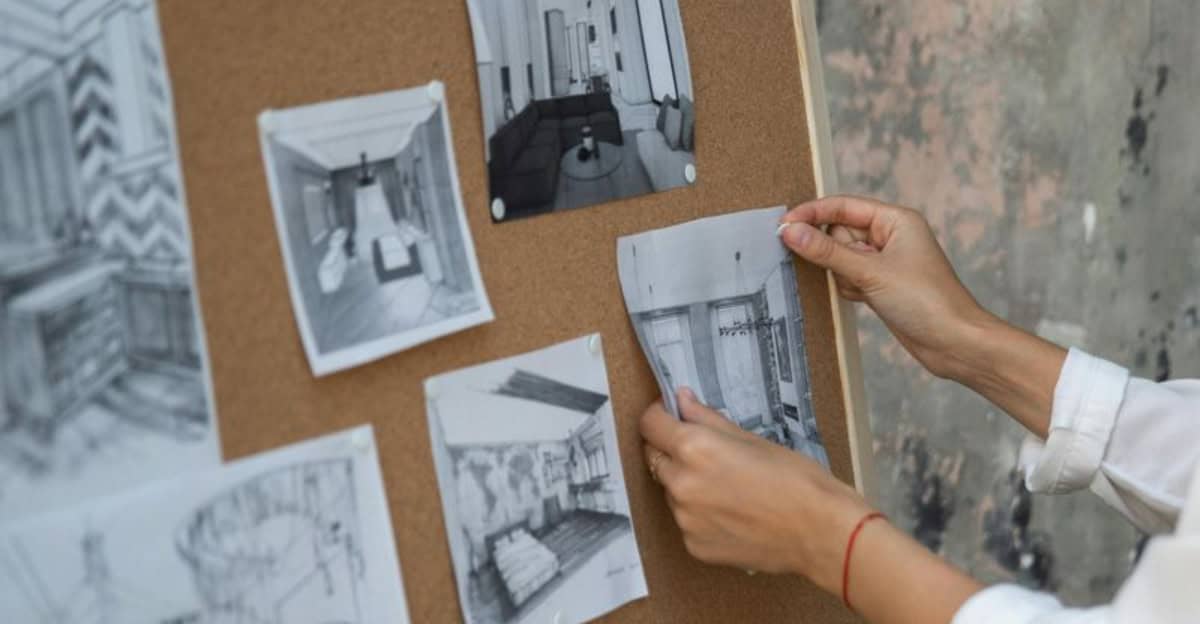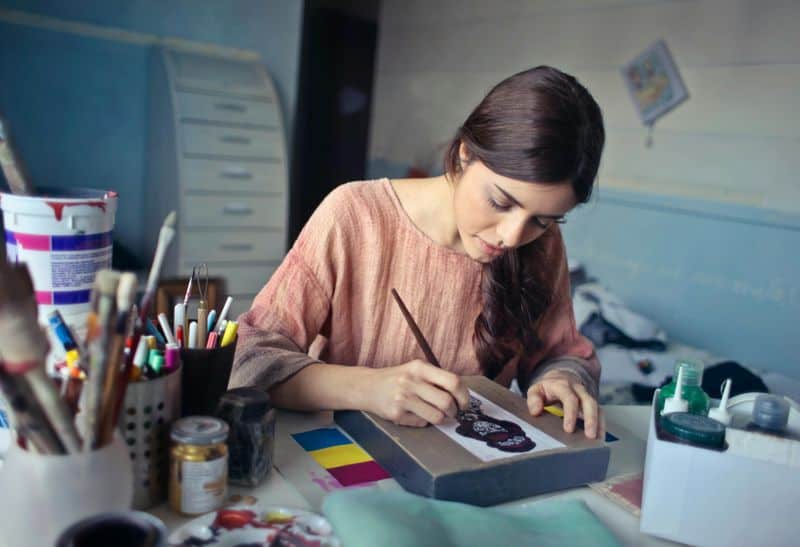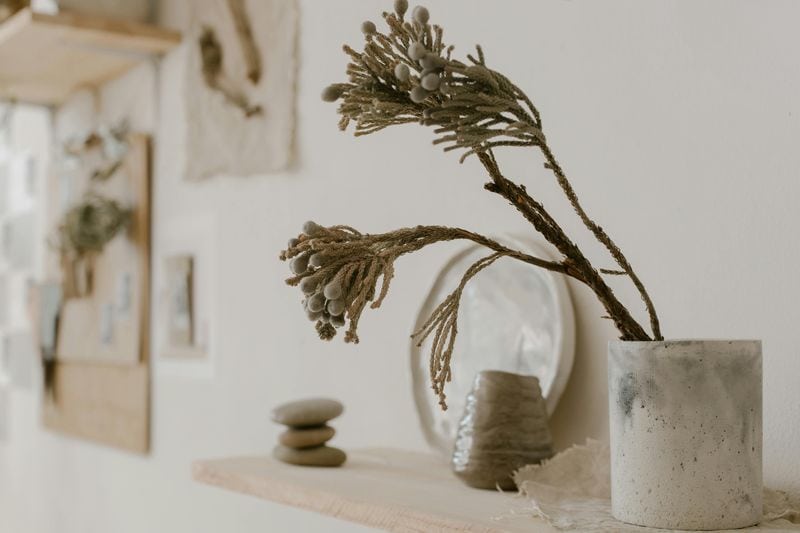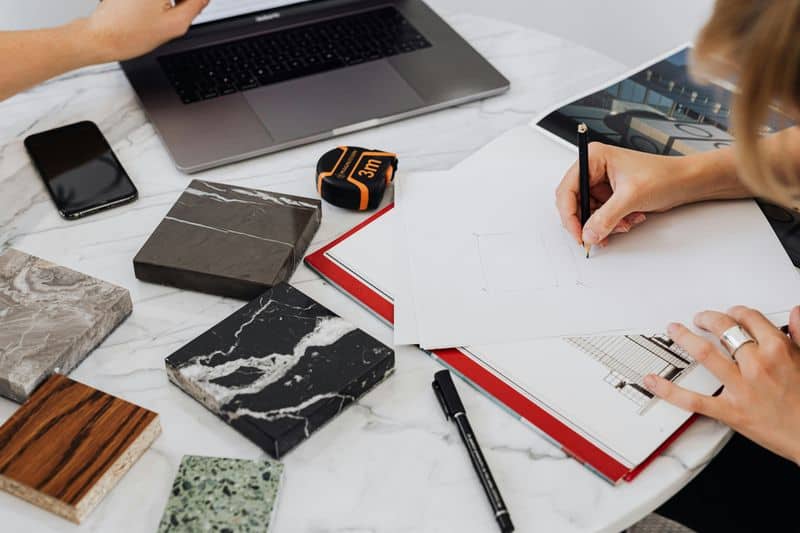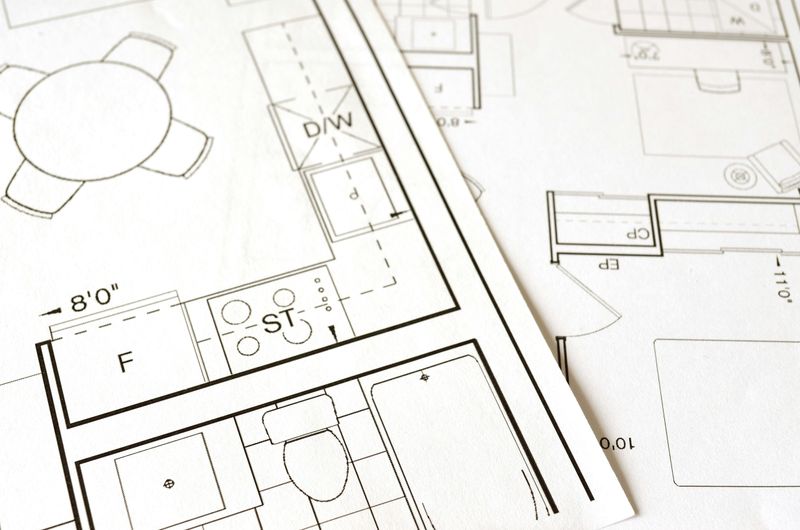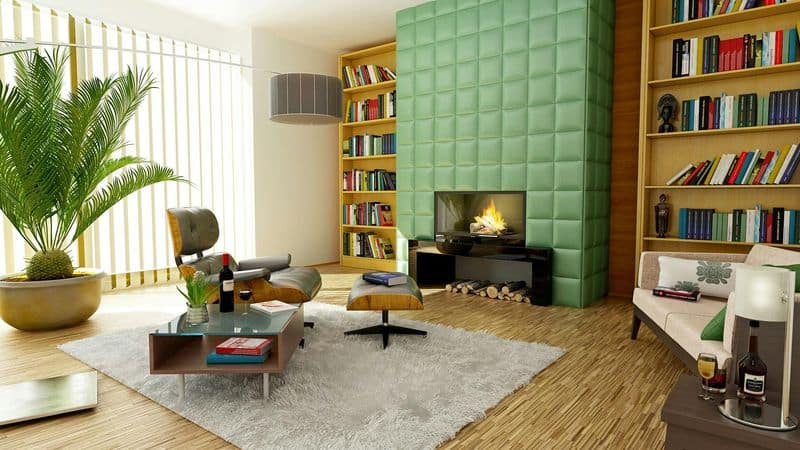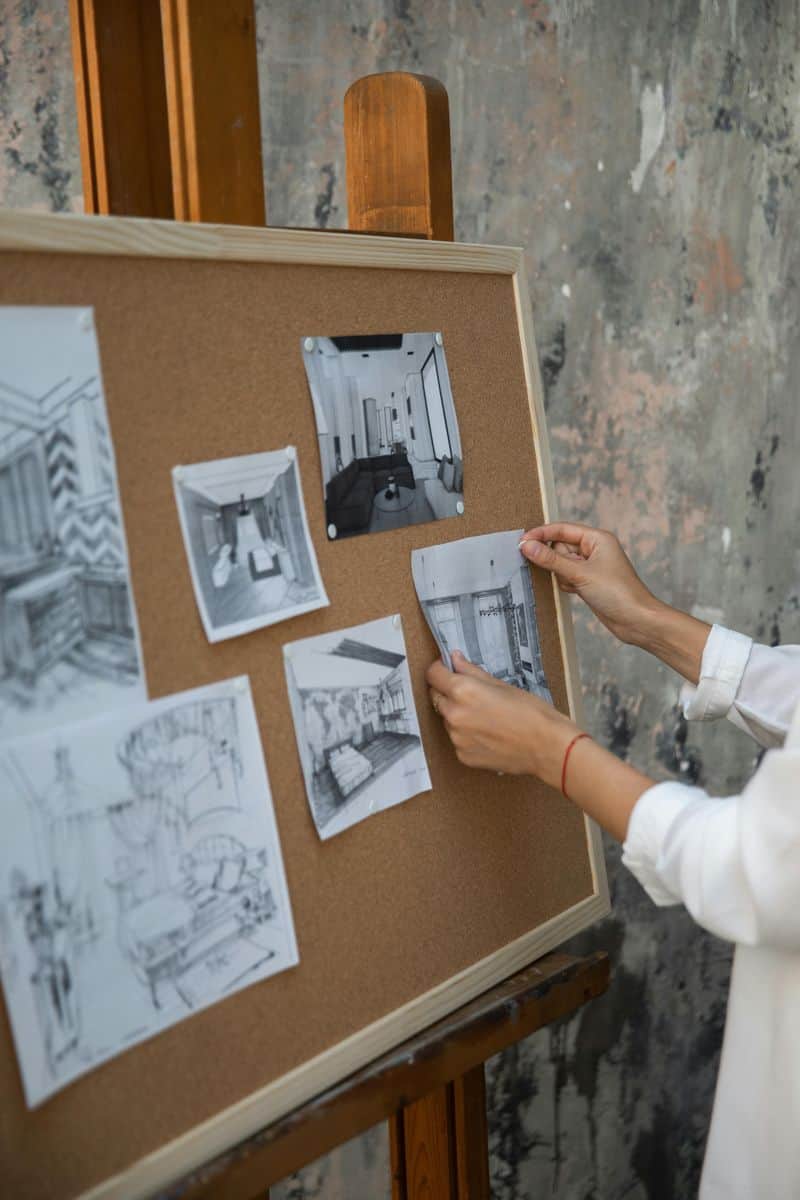Ever looked around a room and thought, “I could do better than this?” If so, you might just have the soul of an interior designer.
Interior design isn’t just about picking out matching curtains and carpets; it’s an art form that requires a unique blend of traits.
Let’s explore the 10 characteristics that indicate you have the heart of an interior designer.
1. Creativity and Artistic Sense
You see the world as a blank canvas. Every room is an opportunity to express creativity.
With an artistic sense, you find inspiration everywhere, from the peeling paint on an old barn to the vibrant colors of a city street.
Your mind constantly churns with ideas, and you can inventively turn the mundane into the magnificent.
This vision transforms spaces from dull to delightful. With three sentences down, this trait is key to designing spaces that inspire awe.
Harnessing creativity is about trusting your instincts and allowing your imagination to flourish, bringing life to every corner.
2. Attention to Detail
Details, details, details. They’re what separates the mediocre from the magnificent.
An interior designer notices everything, from the way light filters through a curtain to the precise alignment of a picture frame. These details can make or break the aesthetics of a room.
Attention to detail is not just a skill; it’s a habit. It’s about precision and ensuring that every element harmonizes perfectly.
This diligent focus helps create cohesive and captivating environments that make people feel at ease. Each meticulous detail contributes to an overall ambiance that’s both seamless and stunning.
3. Strong Communication Skills
Words are your paintbrush. As an interior designer, it’s crucial to convey ideas clearly and persuasively. Whether discussing concepts with clients or collaborating with contractors, communication is key.
It’s about listening, understanding, and articulating thoughts effectively. Good communication builds trust and ensures everyone is on the same page.
This skill helps bring visions to life, making sure that every project runs smoothly.
With strong communication, you can turn dreams into reality, ensuring that the end result reflects the client’s desires. It’s not just talking; it’s connecting and creating shared visions.
4. Problem-Solving Abilities
Every project has its hiccups. Whether it’s a budget constraint or an awkward room layout, problem-solving is essential.
An interior designer thrives on challenges, viewing them as puzzles to be solved creatively. This ability involves thinking on your feet, adapting, and finding innovative solutions to seemingly impossible problems.
Problem-solving is where creativity meets logic. It’s about turning obstacles into opportunities and ensuring that projects stay on track.
This ability offers a sense of accomplishment when challenges are overcome with flair. With every problem squashed, the sense of triumph fuels future endeavors.
5. Knowledge of Design Principles
Design is not just about intuition; it involves understanding core principles. An interior designer knows how to balance elements, use space effectively, and harmonize colors.
This knowledge guides decisions, ensuring spaces are both functional and beautiful. It involves continuous learning and staying updated with design trends.
With this foundation, designers can experiment and innovate confidently. Understanding principles helps in creating spaces that are aesthetically pleasing and practical.
Knowledge is power, and in design, it’s the backbone that supports every creative decision. It transforms a novice into a master of the craft.
6. Technical Proficiency
In the modern world, being tech-savvy is non-negotiable. Interior designers must be proficient with various software tools, from CAD to visualization software.
These tools help in creating precise designs and visualizing concepts. Technical proficiency ensures that ideas can be communicated clearly and executed flawlessly.
It’s about integrating technology with creativity to achieve spectacular results. This skill allows designers to work efficiently, ensuring accuracy in every project.
The ability to harness technology transforms abstract ideas into tangible realities. As technology evolves, staying ahead in this domain is crucial for sustained success.
7. Project Management Skills
Managing a design project is like conducting an orchestra. It requires coordination, scheduling, and resource management.
A skilled interior designer keeps projects on track, ensuring deadlines are met and budgets adhered to. This involves juggling multiple tasks and collaborating with various professionals.
Project management keeps everything running smoothly, from concept to completion. It’s about being organized and proactive in addressing issues.
The ability to multitask and prioritize is critical. Successfully managing projects ensures that the final outcome is as envisioned. It’s the backbone that supports creative endeavors, ensuring seamless execution.
8. Trend Awareness
Design is ever-evolving. An interior designer stays tuned to the latest trends, from color schemes to furniture styles. This awareness keeps designs fresh and relevant.
It’s about knowing when to embrace a trend and when to set it aside. Balancing trendiness with timelessness is key.
Trend awareness involves research, observation, and a keen eye for emerging patterns. It ensures that spaces are not just current but also enduring.
This trait allows designers to innovate while honoring classic principles. Being trend-savvy means staying ahead of the curve, always ready to inspire.
9. Client-Centric Approach
Clients are the heart of any design project. An interior designer listens to their needs, preferences, and dreams.
This approach ensures that the final design reflects the client’s personality and lifestyle.
It’s about building relationships and ensuring satisfaction. A client-centric approach involves empathy, patience, and adaptability.
By prioritizing clients’ desires, designers create spaces that resonate on a personal level. This trait fosters trust and loyalty, leading to long-term partnerships.
Designing with the client in mind ensures that every project is unique and meaningful. It’s all about creating a home that feels truly personal.
10. Adaptability
Flexibility is a designer’s best friend. Interior design projects often have unexpected twists, from last-minute changes to unforeseen challenges.
Adaptability ensures that designers can pivot gracefully, finding solutions without missing a beat. This trait involves staying calm under pressure and being open to new ideas.
It’s about embracing change and viewing it as an opportunity rather than a setback. Adaptability allows designers to thrive in dynamic environments, ensuring success in any situation.
This ability to adjust and innovate keeps projects moving forward smoothly. Being adaptable is vital for overcoming hurdles with grace and creativity.

